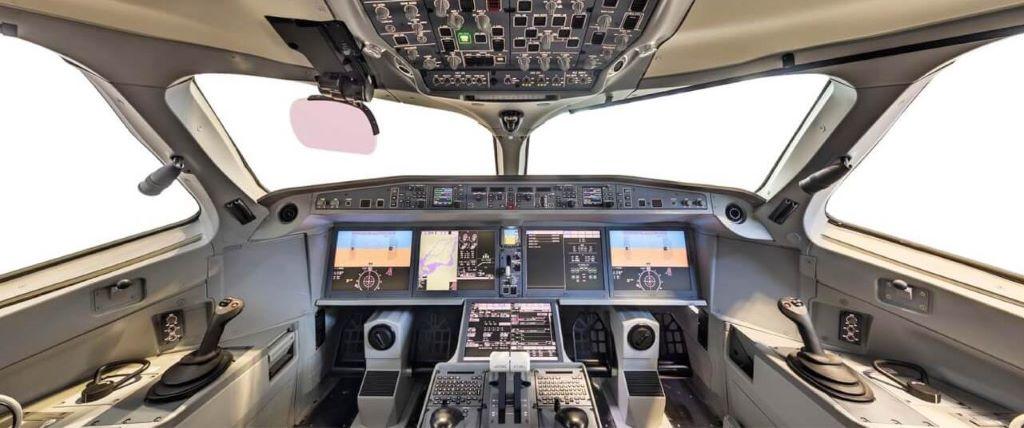
Airbus is planning to make tweaks to the A220 cockpit.
Credit: Airbus
LYON—Airbus is working on improving the A220’s autothrottle design, after several reports of crew errors that could have led to a tail strike or more serious incidents. The aircraft’s autopilot will be modified, too. In the meantime, procedures are temporarily added in the takeoff phase. An...
Subscription Required
This content requires a subscription to one of the Aviation Week Intelligence Network (AWIN) bundles.
Schedule a demo today to find out how you can access this content and similar content related to your area of the global aviation industry.
Already an AWIN subscriber? Login
Did you know? Aviation Week has won top honors multiple times in the Jesse H. Neal National Business Journalism Awards, the business-to-business media equivalent of the Pulitzer Prizes.





